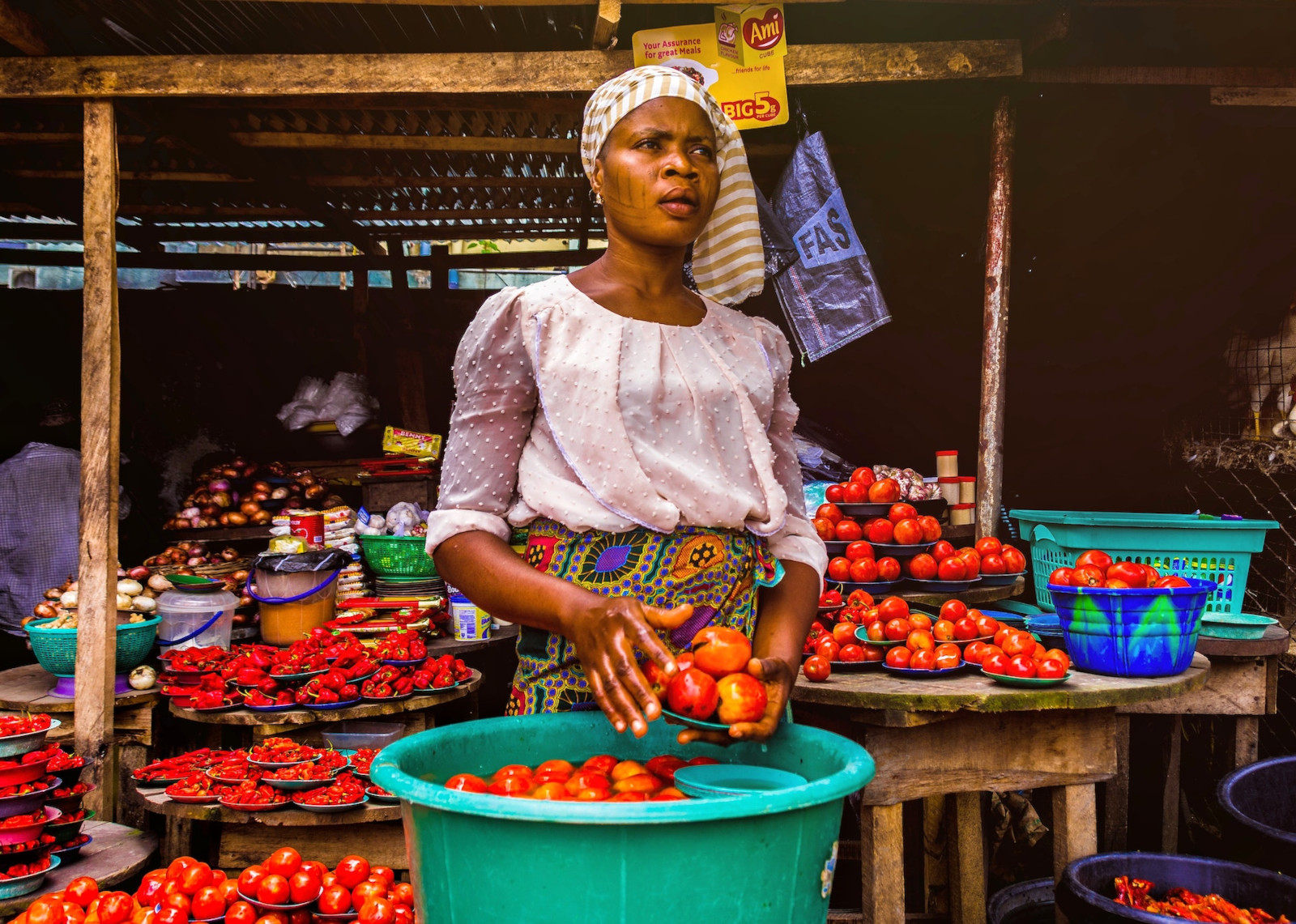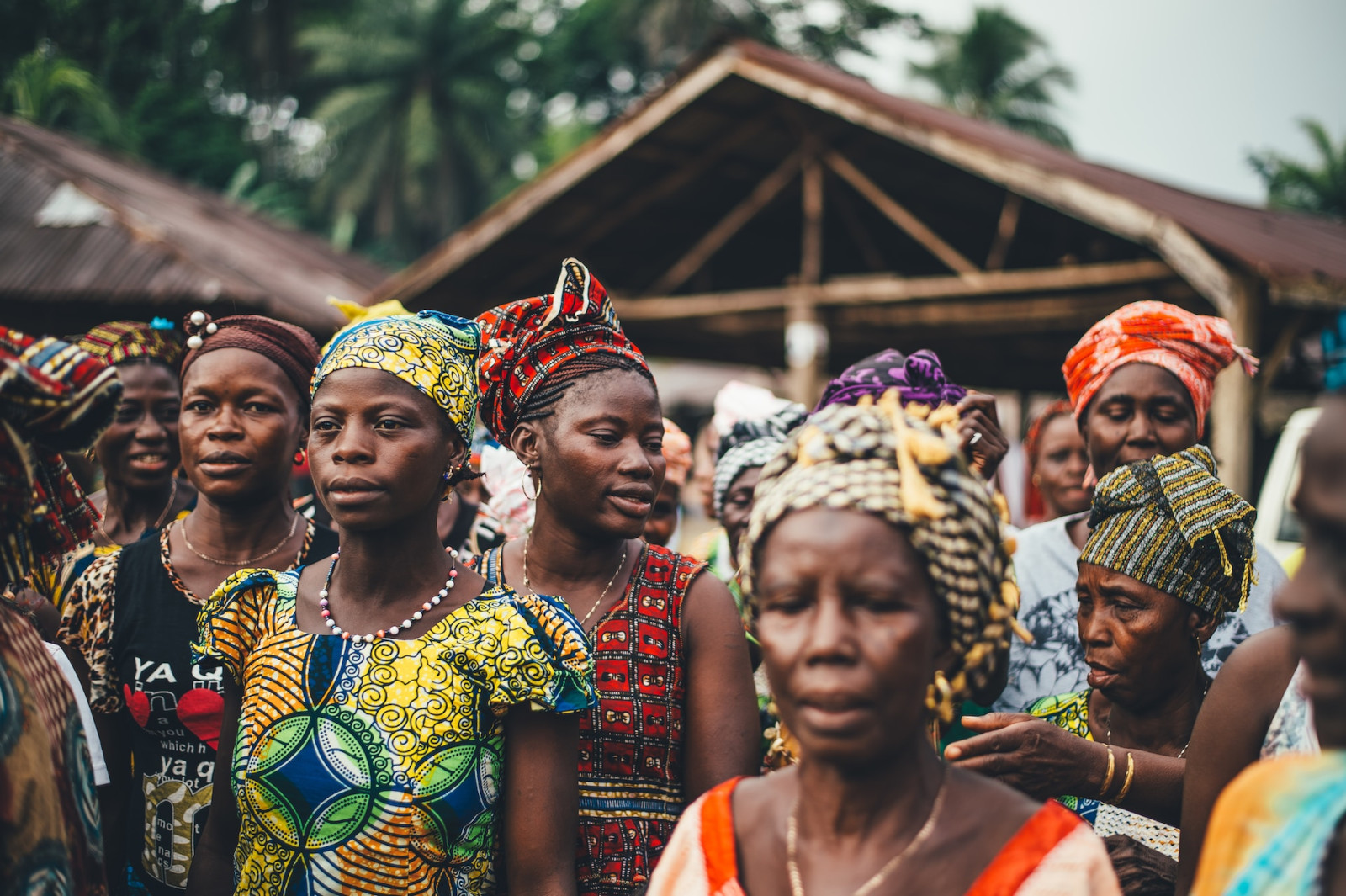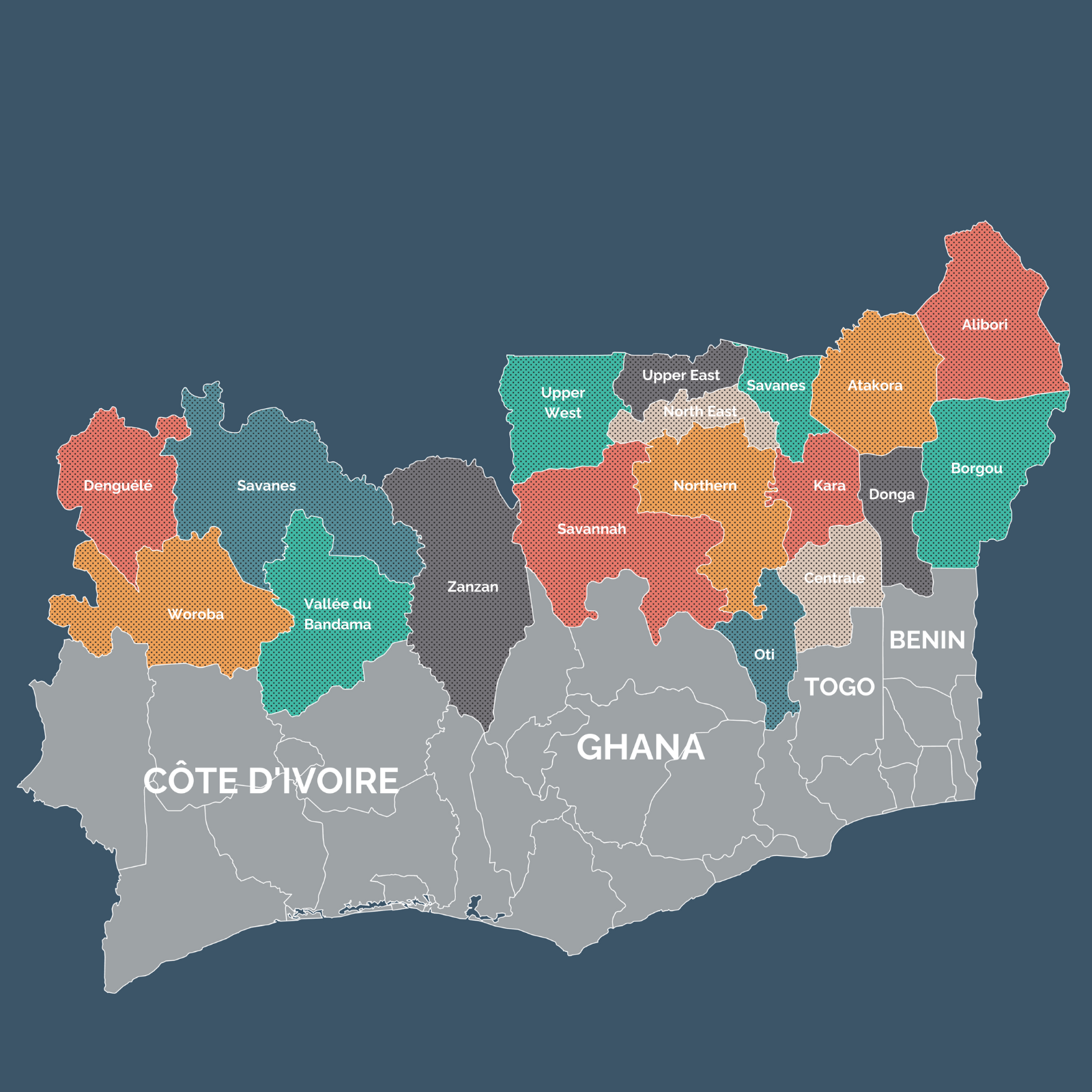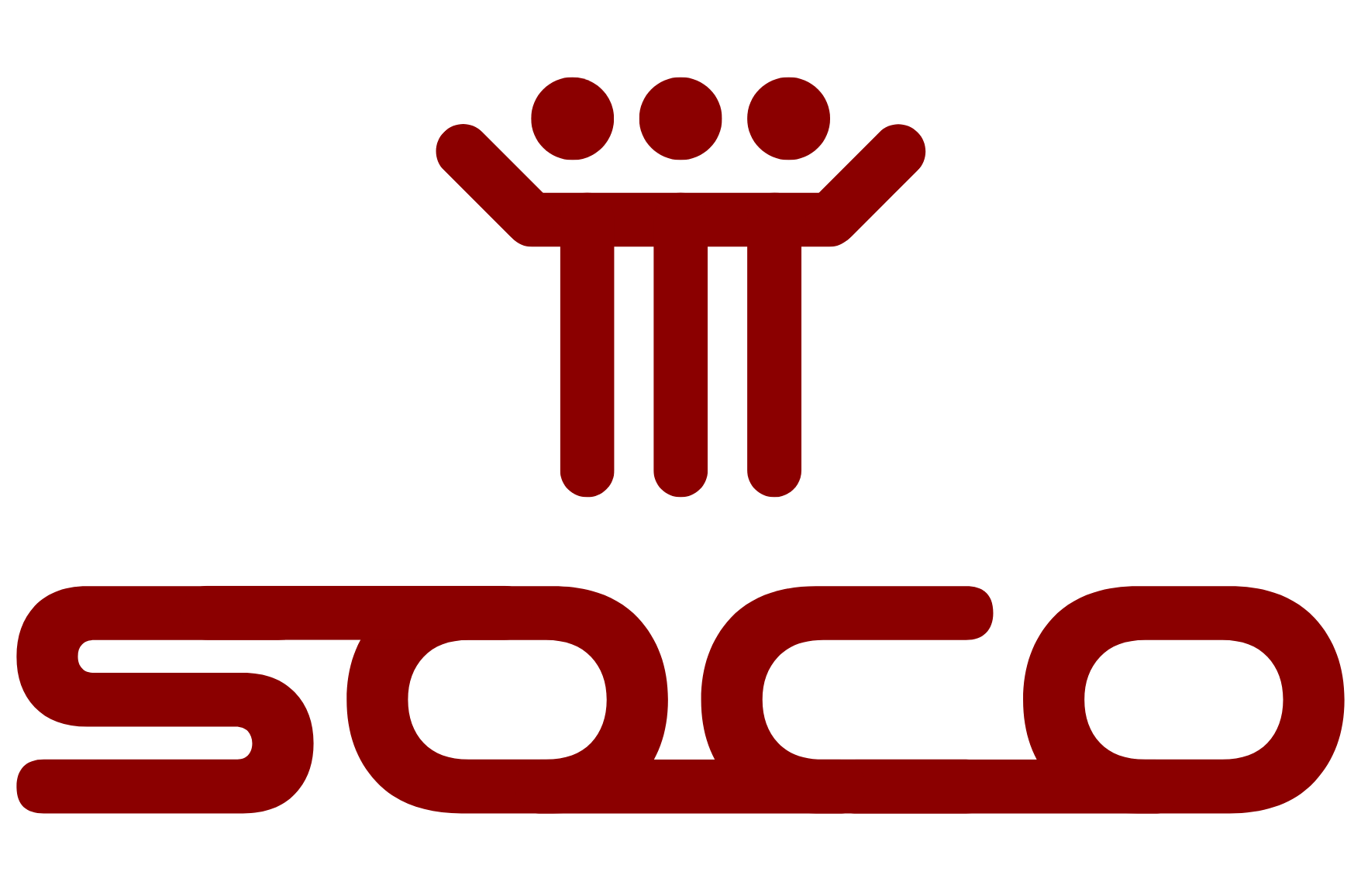PROJECT OVERVIEW
For close to a decade, the lives of more than 16 million people in the northern parts of Benin, Côte d’Ivoire, Ghana, and Togo have been under direct threat from the spread of conflict in the Sahel and the growing impacts of climate change. These pressures, intensified by the COVID-19 pandemic, have deepened poverty, exclusion, and weak governance, turning the northern Gulf of Guinea into a unique convergence point of multiple crises.
The SOCO Project is responding to these challenges by “thinking regionally and acting locally”. It is coordinating data, knowledge, and policy responses to prevent conflict spillovers and manage climate-related risks, while strengthening institutions, building trust, and enabling vulnerable groups to play active roles in shaping local development and sustaining social cohesion.
The Government of Ghana, through the Ministry of Local Government, Chieftaincy and Religious Affairs (MLGCRA) and the Ministry of Finance, is implementing the SOCO Project as a flagship national programme, financed through a US $150 million credit facility from the World Bank.
PROJECT COMPONENTS
The project is being implemented under five components:
Component 1: Investing in community Resiliency and Inclusion
SOCO is financing local-level investments that are strengthening resilience, improving access to economic opportunities, and empowering vulnerable groups.
- Subcomponent 1.1: Community investments for strengthening local resilience and inclusion.
- Subcomponent 1.2: Strategic economic activity investments for local economic development.
- Subcomponent 1.3: Youth engagement and social cohesion.


Component 2: Building Foundation and Capacity for Inclusive and Resilient Communities
The project is enhancing the capacity of MMDAs, community leaders, and national stakeholders through training, logistics, and institutional arrangements to promote inclusive governance and effective project delivery.
Component 3: Regional Coordination Platform and Dialogue
The SOCO project is advancing cross-border collaboration and regional dialogue through the Regional Coordination Platform (RCP), focusing on data, knowledge sharing, and policy harmonization with regional bodies such as ECOWAS and WAEMU.


Component 4: Project Management
The SOCO project is supporting planning, coordination, safeguards, monitoring and evaluation, procurement, and beneficiary feedback through the PIU and Zonal Coordinating Teams.
Component 5: Contingent Emergency Response (CERC)
The project is maintaining readiness to reallocate funds quickly to address emergencies without disrupting core activities.

OBJECTIVES
The SOCO project is designed to improve regional collaboration and to strengthen the socioeconomic and climate resilience of border-zone communities. The Project is addressing long-standing north–south disparities, weak service delivery, limited infrastructure, and the exclusion of vulnerable groups, while simultaneously reducing the risks of fragility, conflict, and violence spilling over from the Sahel.
Its objectives are being achieved by:
GEOGRAPHIC COVERAGE
The SOCO project is been implemented in the six northern regions of Ghana, covering 48 Metropolitan, Municipal, and District Assemblies (MMDAs):
ORGANISATIONAL STRUCTURE
The SOCO Project is anchored in the Ministry of Local Government, Chieftaincy and Religious Affairs (MLGCRA), with overall direction provided by a Project Oversight Committee (POC) and technical guidance from a National Technical Committee (NTC).
Day-to-day implementation is managed by the Project Implementation Unit (PIU), supported by Zonal Coordinating Teams at the regional level and Metropolitan, Municipal, and District Assemblies (MMDAs) at the local level. At the community level, Community Project Implementation Committees (CPICs) and Community Facilitators (CFs) drive participatory planning, implementation, and monitoring of subprojects, ensuring inclusion of women, youth, and vulnerable groups.
The Project also works with strategic partners such as the National Youth Authority (NYA), UNHCR, and facilitating NGOs, CSOs, and technical consultants who provide specialised support to strengthen delivery and sustainability.
